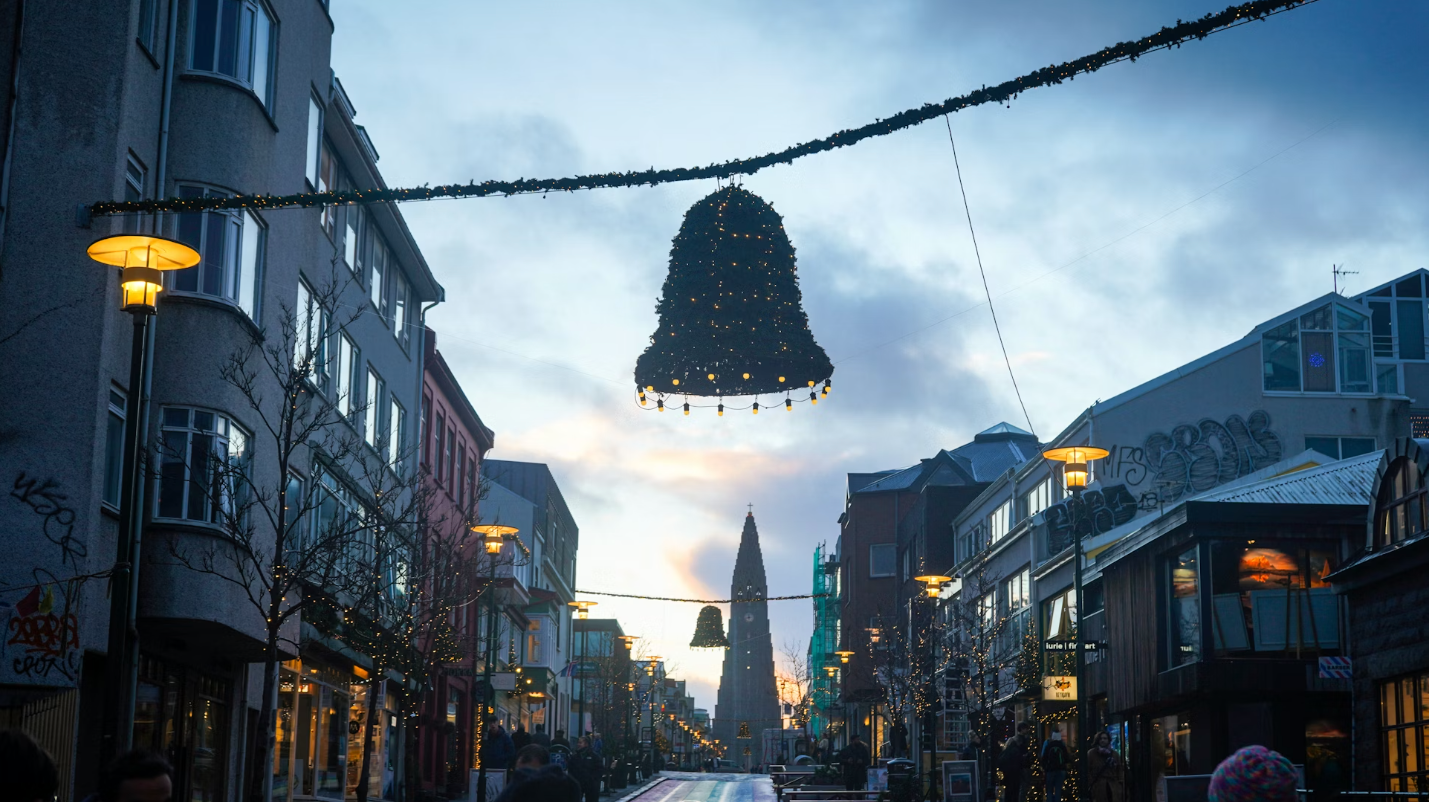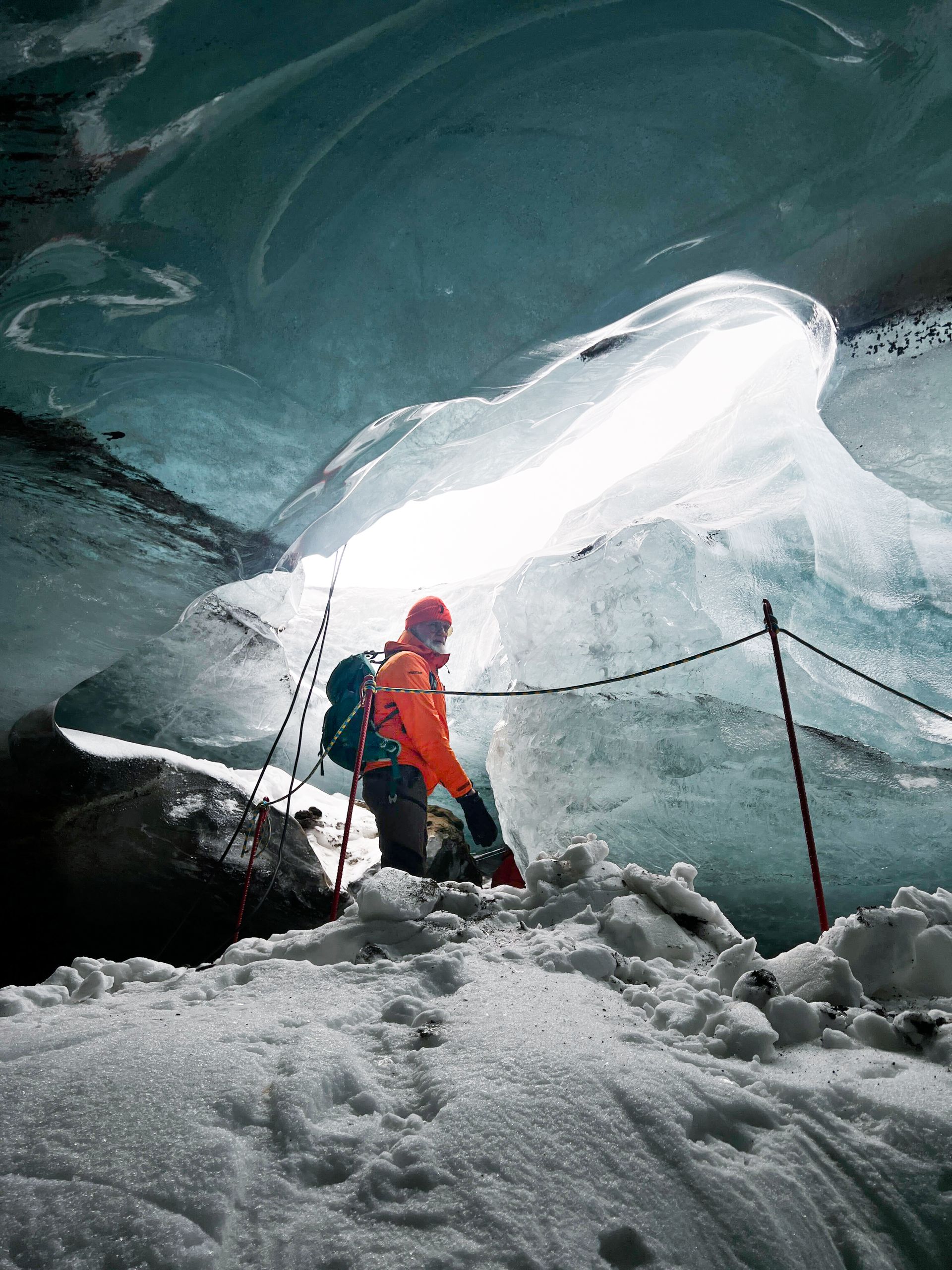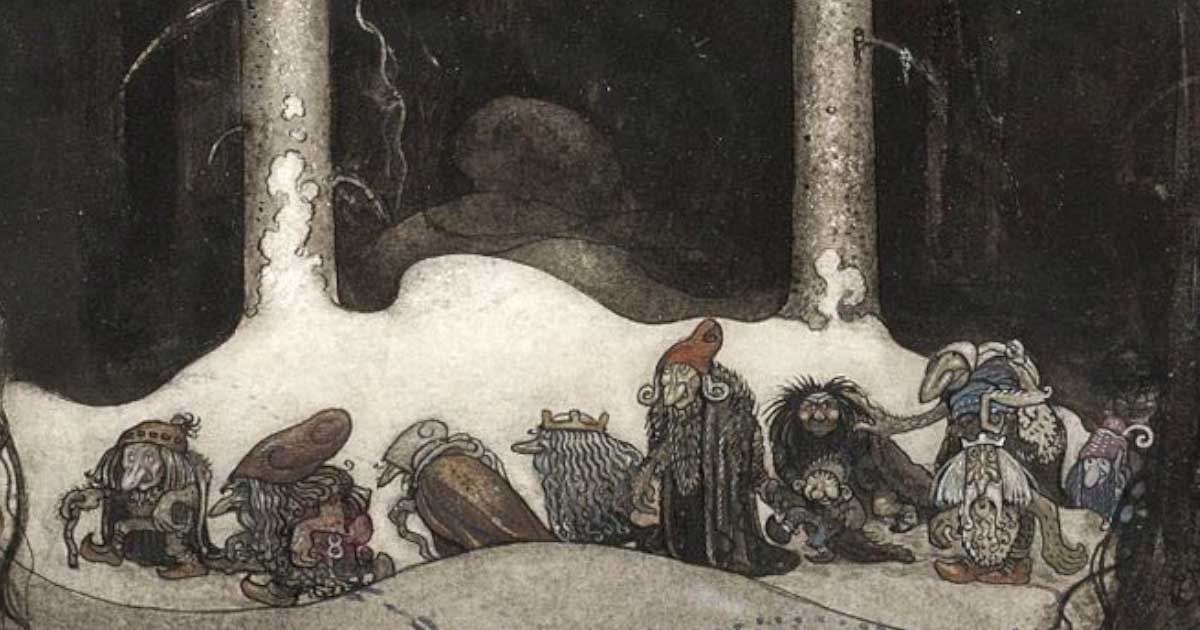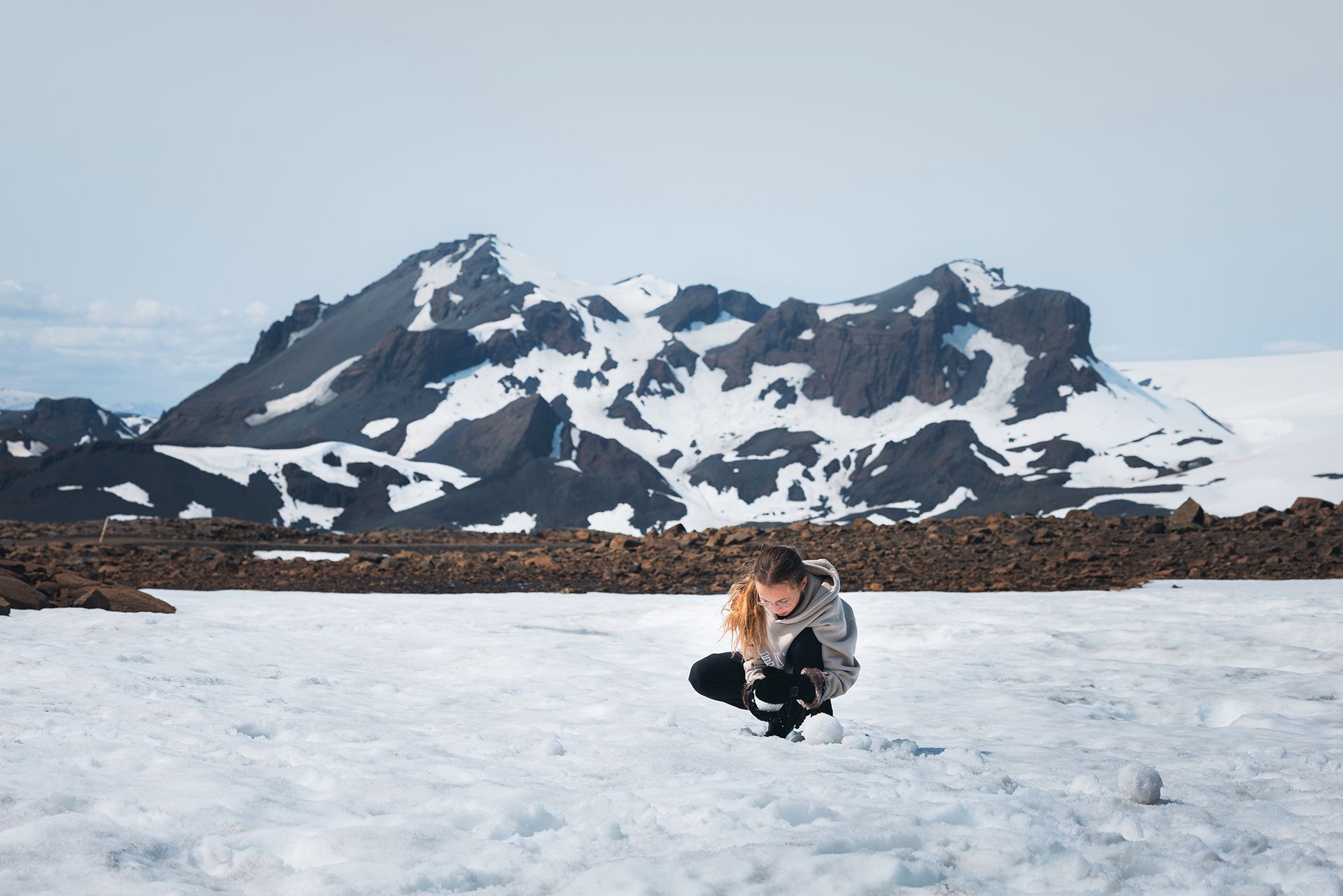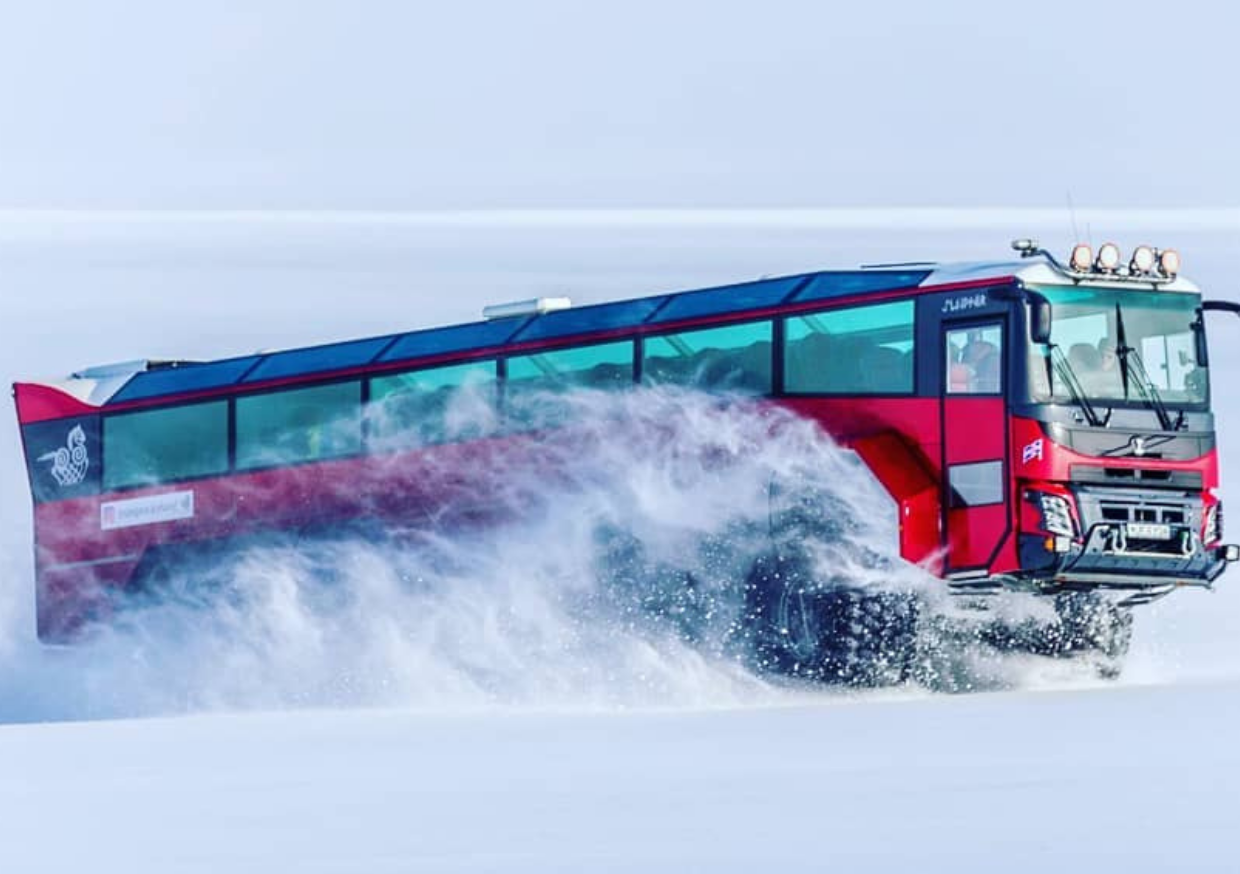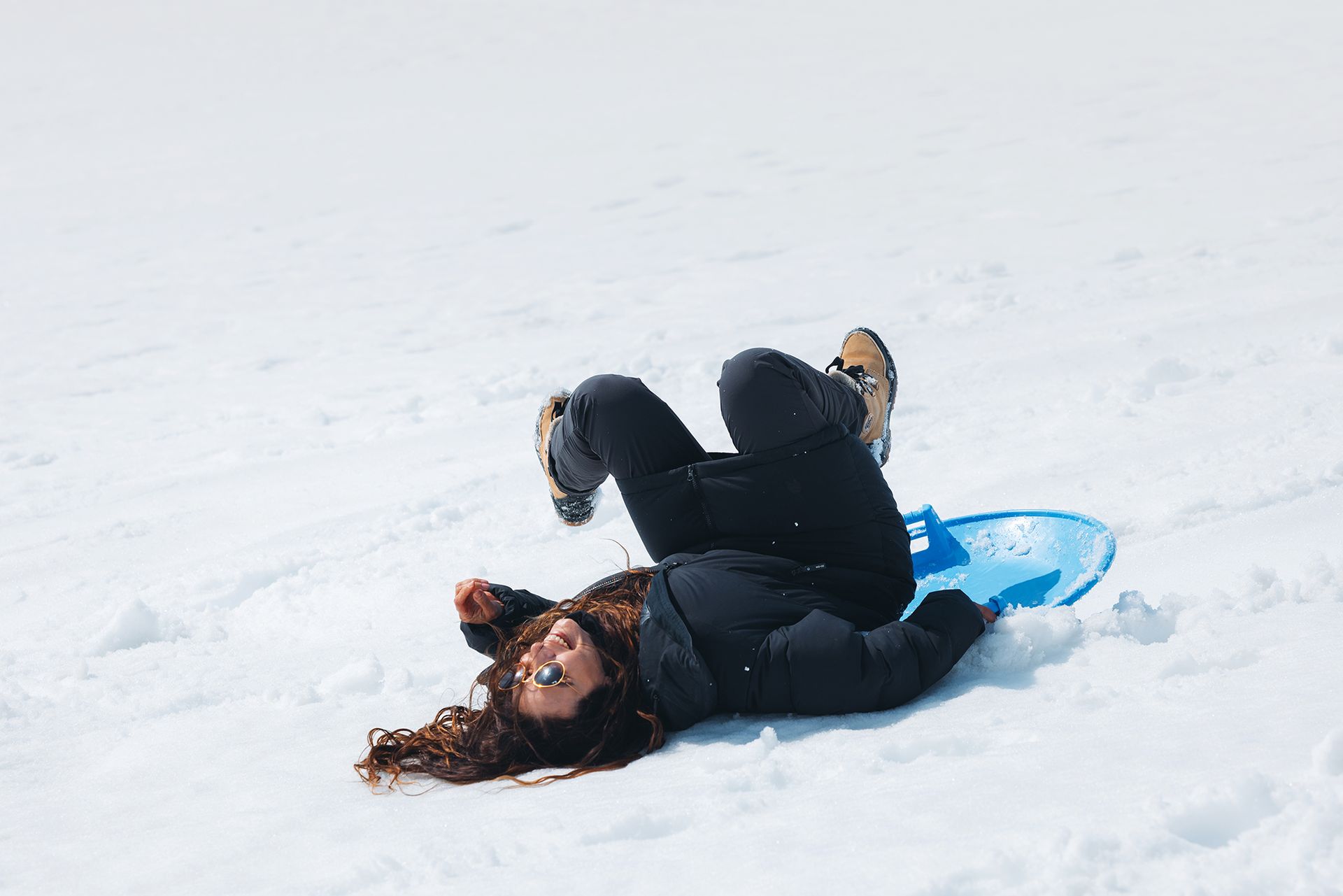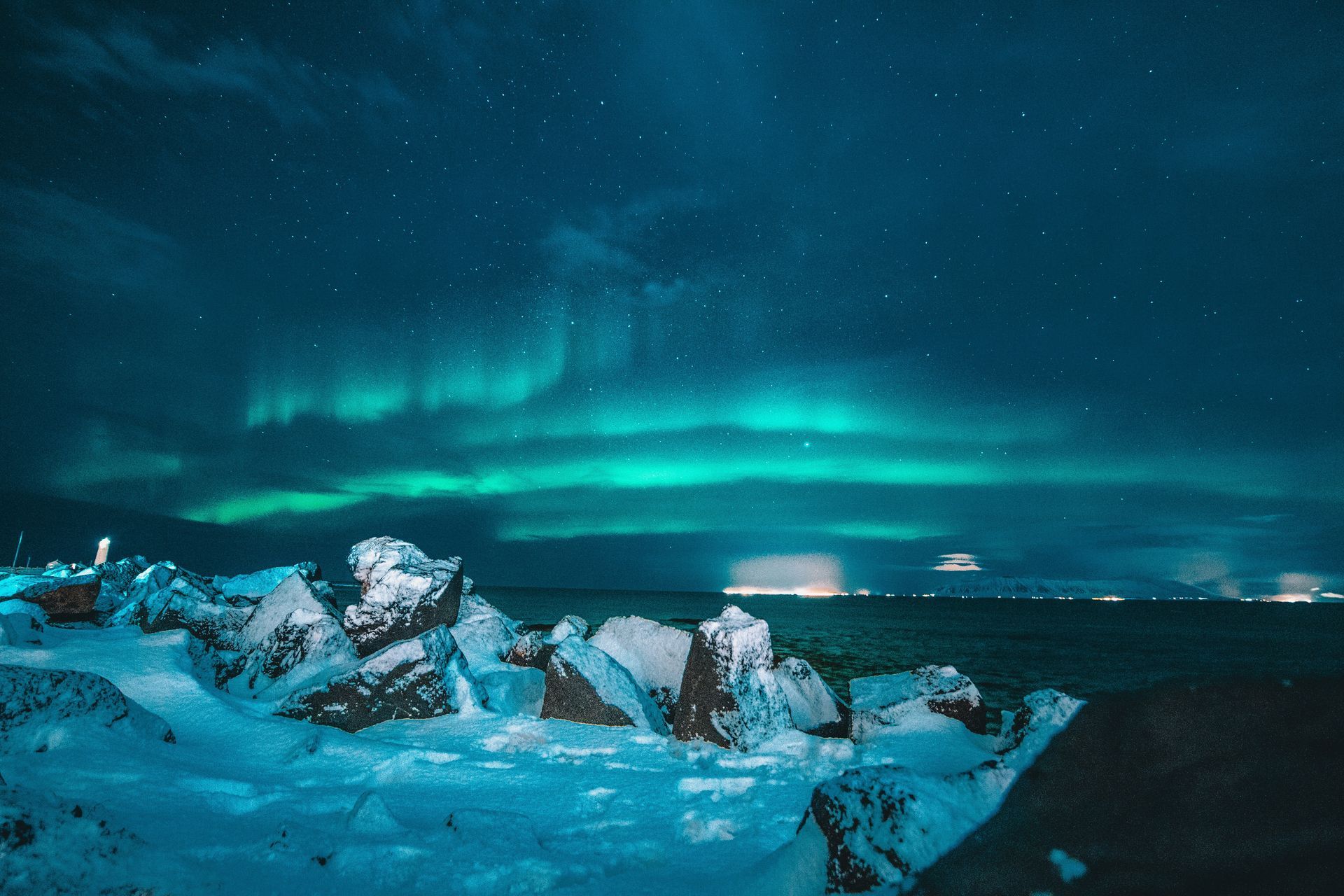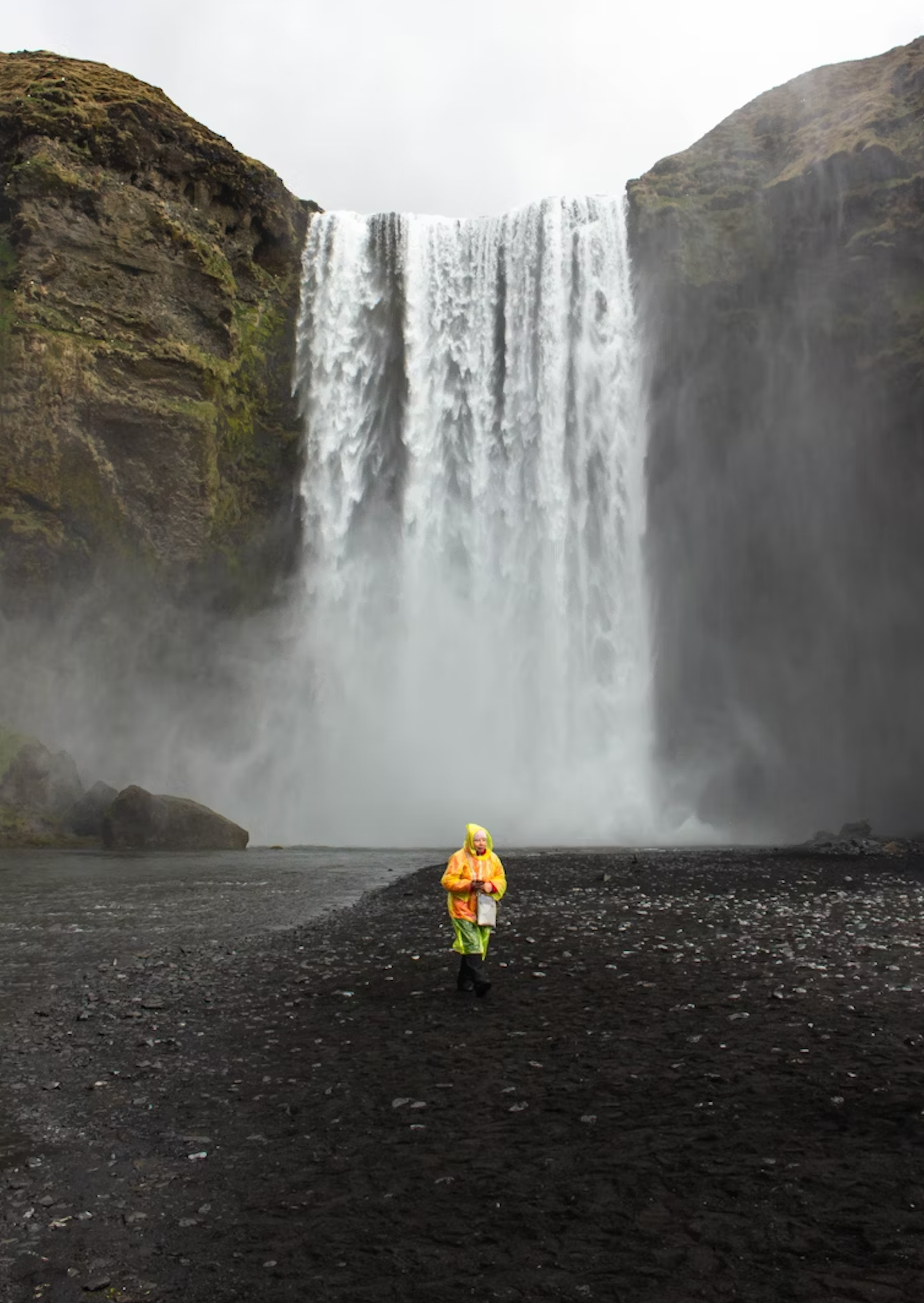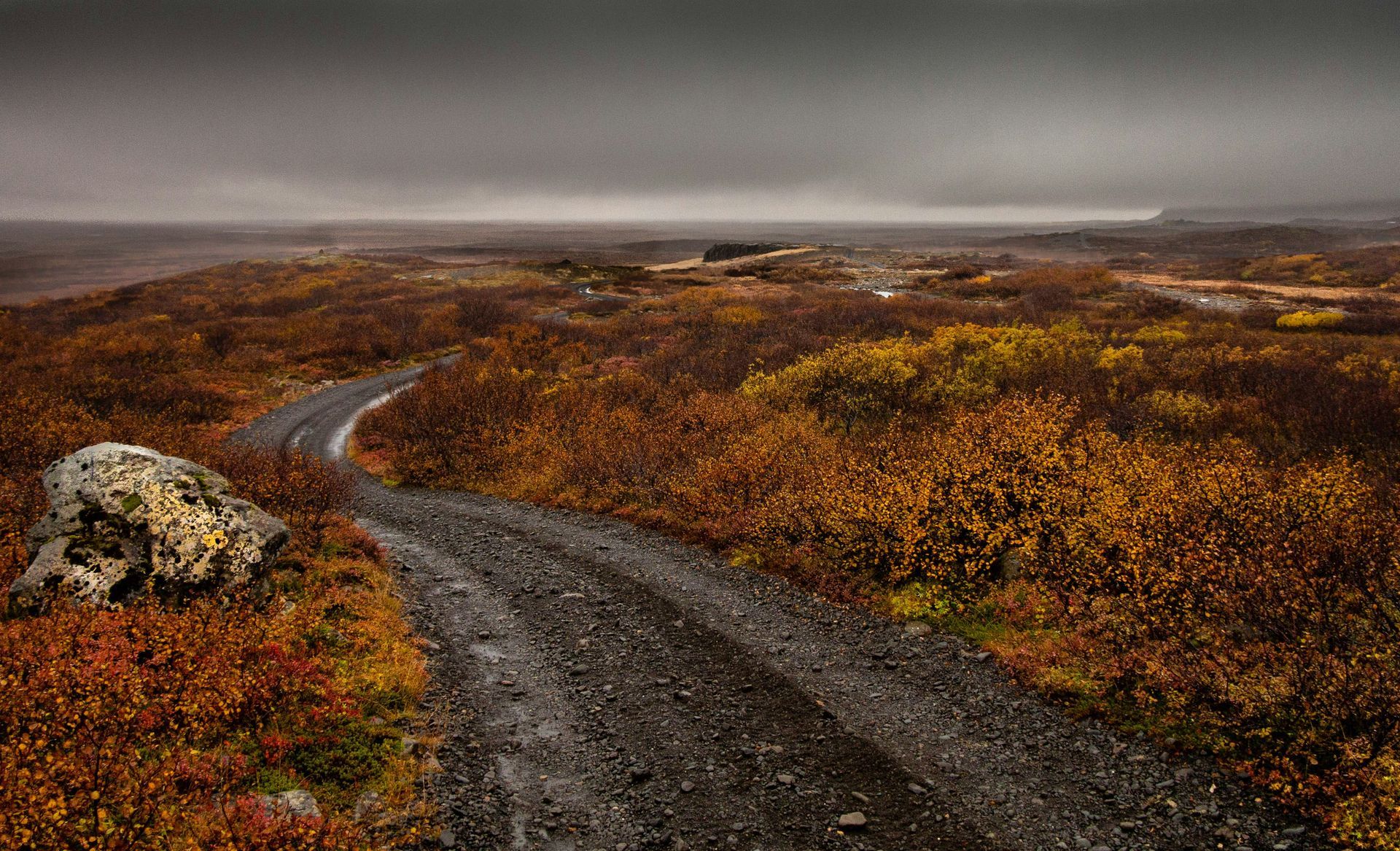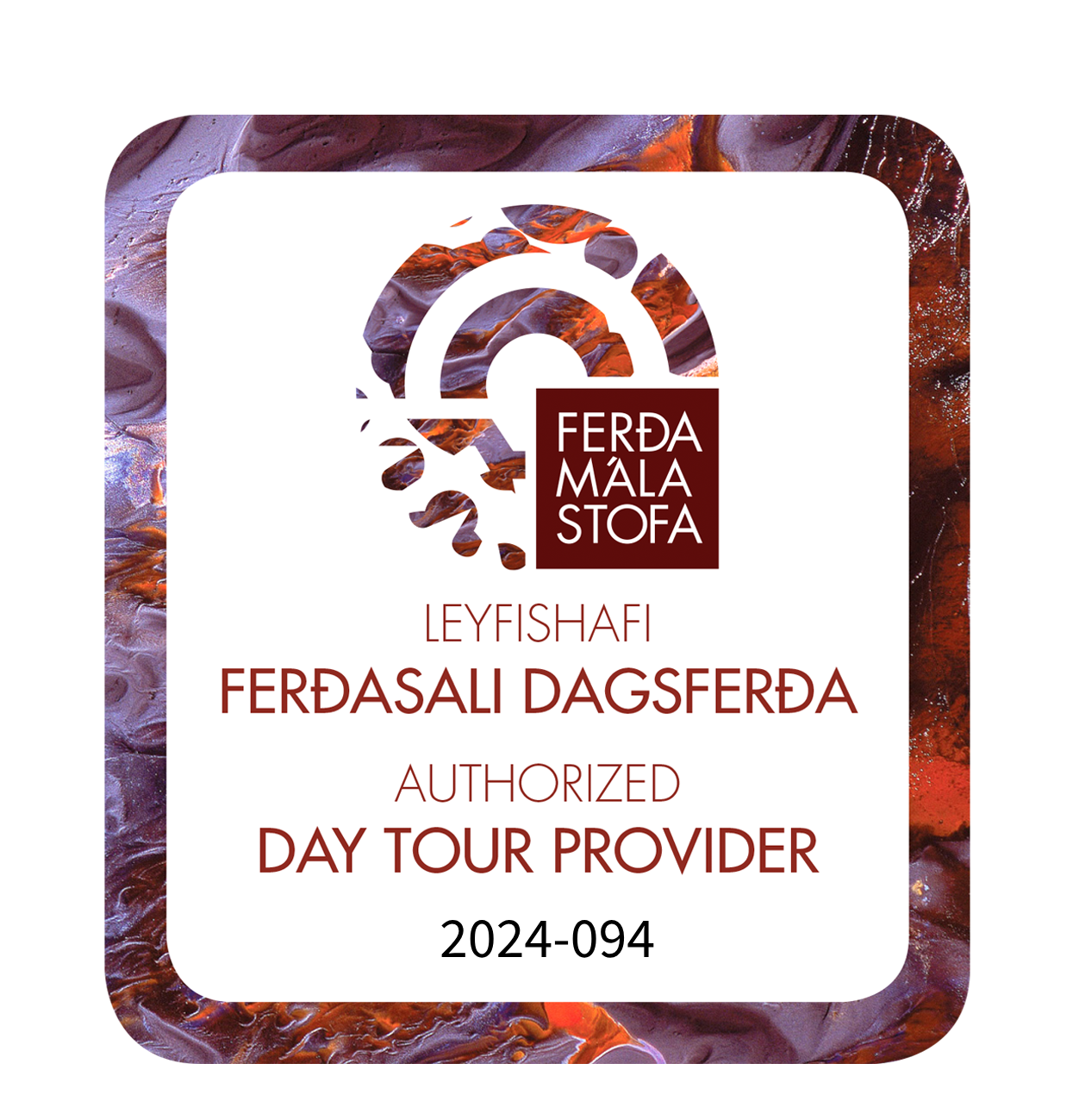How to See the Northern Lights in Iceland: Best Times and Places
Hidden Gems in Iceland Most Tourists Miss"
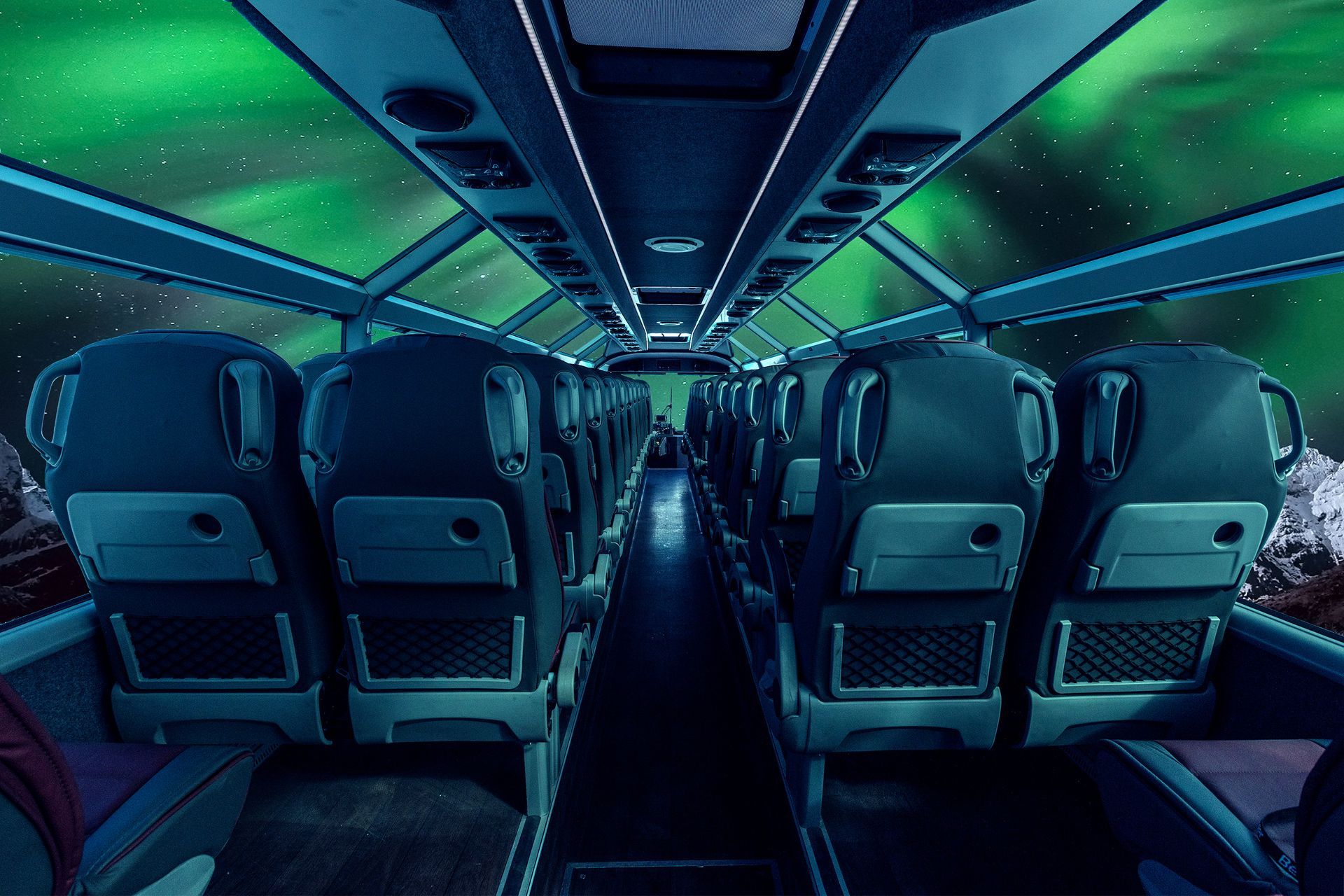
How to See the Northern Lights in Iceland: Best Times and Places
Did you know that Iceland is one of the best places in the world to witness the Northern Lights? This natural light display, caused by solar particles colliding with the Earth’s atmosphere, creates shimmering waves of green, purple, pink, and even red that dance across the night sky. For many travelers, seeing the Northern Lights is a bucket-list experience, and Iceland is the perfect place to experience them.
Here's a guide on how to increase your chances of witnessing this phenomenon, some tricks and information about the best places to see the Northern Lights in Iceland.
When is the best time to see the Northern Lights in Iceland?
The Northern Lights are visible in Iceland from late
August to mid-April, with peak viewing opportunities between
October and March. During these months, Iceland experiences long, dark nights that create the perfect conditions for spotting the Aurora Borealis. While it’s possible to see the Northern Lights earlier or later in the year, the short summer nights, including the Midnight Sun, make sightings rare.
The ideal time to see the Northern Lights is when the sky is clear and dark. It’s best to avoid full moon nights, as the bright moonlight can diminish the visibility of the lights.
Pro tip: Checking the local weather forecast for cloud coverage is also key—clear, crisp nights provide the best viewing conditions. You can find the "northern light forecast here.
Where are the best Places to See the Northern Lights in Iceland?
While the Northern Lights can be seen all across Iceland, some locations are particularly well-known for providing optimal viewing conditions. The rule of thumb is that you have to be somewhere with no light pollution and no clouds in the sky.
Reykjavik and Surroundings
Although Reykjavik is a major city, it’s still possible to see the Northern Lights from its outskirts. For the best experience, you’ll want to escape the light pollution by heading to locations such as Grotta Lighthouse or Öskjuhlíð Hill, which are just a short drive from the city center. Many travelers also take boat tours from Reykjavik’s harbor to view the lights from the sea, away from city lights.
Pro tip: This is our favourite spot near Reykjavík to spot the lights on a good night!
Thingvellir National Park
Thingvellir National Park, located about 40 minutes from Reykjavik, is a UNESCO World Heritage Site known for its stunning landscapes and historical significance. It’s also one of the best places to see the Northern Lights due to its wide-open spaces and lack of light pollution. The park offers excellent visibility and a dramatic setting, with volcanic terrain and deep fissures that add to the magical experience.
Vik and South Iceland
For a truly awe-inspiring backdrop to your Northern Lights viewing, head to Vik in South Iceland. The black sand beaches, rugged cliffs, and nearby mountains create a spectacular contrast with the shimmering lights in the sky. The area around Jökulsárlón Glacier Lagoon is another great spot in the south. The reflections of the Northern Lights on the icebergs in the lagoon make for an unforgettable sight.
Akureyri and Northern Iceland
Northern Iceland, especially around the town of Akureyri, offers a fantastic chance to see the Northern Lights with fewer crowds. This region is known for its clear skies and remote locations, providing excellent opportunities for spotting the Aurora. Lake Mývatn is another great location in the north, known for its otherworldly landscapes and geothermal activity, which make for a unique setting.
See also : The Golden Circle vs the ring Road in Iceland. What's the difference?

Tips for Maximizing Your Chances of seeing the Northern Lights
- Check the Aurora Forecast: Iceland’s Meteorological Office offers an updated Aurora forecast, which helps you determine the likelihood of seeing the Northern Lights on a given night. Aim for nights with a high Aurora activity rating (above 3 on a 0-9 scale). You can see the forecast here.
- Stay up late. Experience has shown us that the lights don't come out until after 10pm. This varies of course, but keep this in mind and be patient. The Northern Lights can be unpredictable. It’s worth setting aside multiple nights for viewing to increase your chances.
Want to learn more about fun things to to in Iceland? Visit our Instagram for daily inspo!
Icelandic Folklore
New Paragraph
Share This Blog Post
